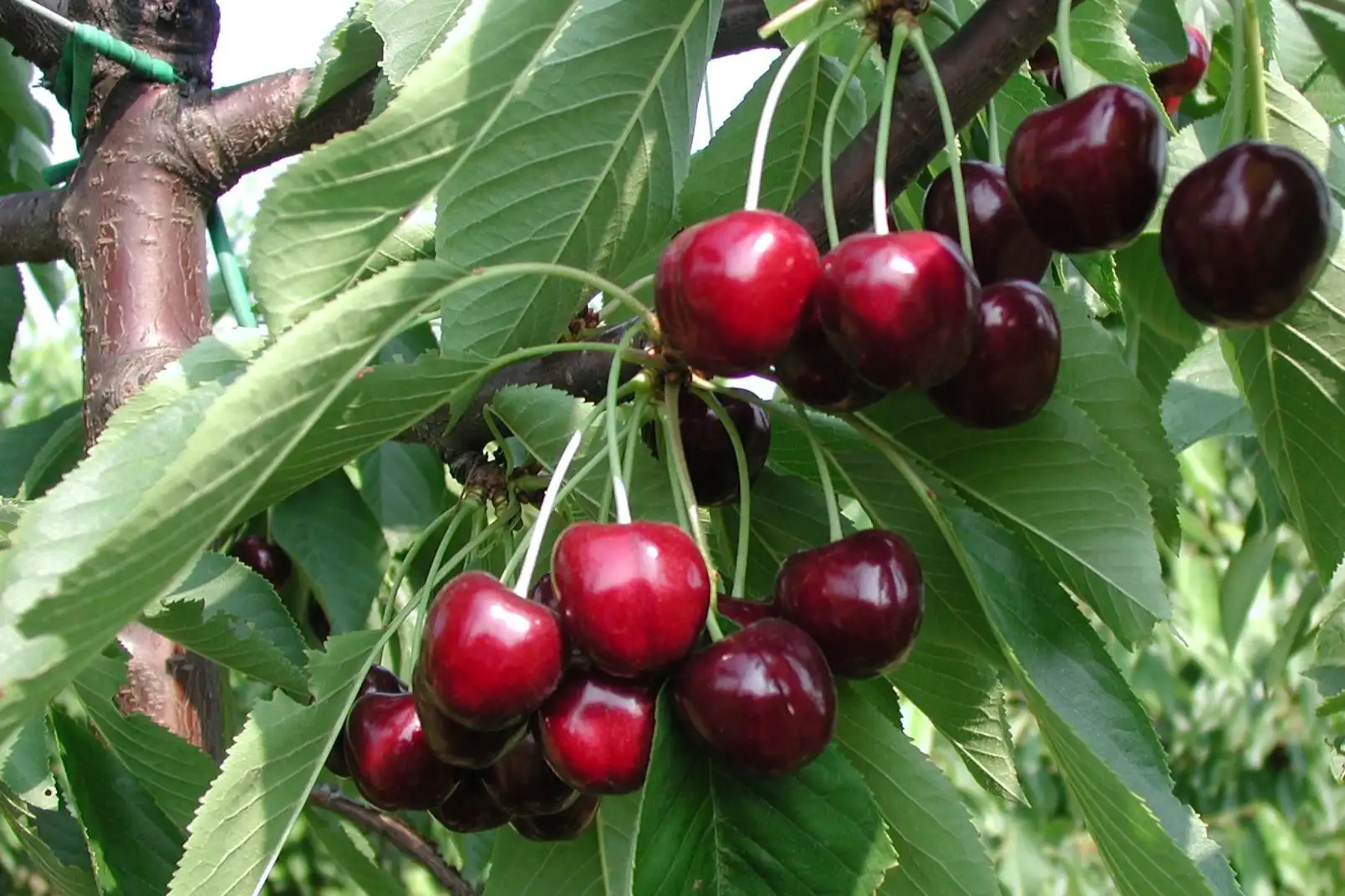While China remains the primary market with 91% of exports, emerging countries are growing along with the need to maintain high standards of quality and consistency.
The Chilean cherry industry faces a crucial season, balancing the ambition to expand with the responsibility of consolidating a reputation built on quality, fruit size, and commercial discipline.
With exports still heavily focused on China but increasingly looking at “Non-China” markets, the sector is preparing for new strategic challenges.
Beyond China: the markets
During the Cherry & Kiwi seminar, Cristián Benavente, commercial director of Ranco Cherries, summed up the industry’s approach: “It’s not enough to have large cherries, consistent quality is needed, season after season.”
One figure in particular captures the ongoing change: in 2024, “Non-China” markets recorded a 53% increase compared to the previous year, totaling 11.5 million boxes, about 4 million more.
Still small compared to China’s numbers, but proof that diversification is no longer an option, but a structural necessity.
The growth has brought with it greater production complexity: in six seasons, marketed boxes have risen from a few dozen to over 125 million.
A structural transformation
A transformation that requires increasingly professional attention in every link of the chain: from varietal choice to harvest programs, from logistics to market segmentation.
“Commercial discipline,” Benavente emphasizes, “is now the true guarantee factor for the future.”
In the Chinese market, fruit size remains a decisive variable.
Retailers adjust their choices based on prices, but the preference for large-sized cherries (2J, 3J, and 4J) is consolidating, even in more challenging seasons.
The Chinese market
Size 3J is establishing itself as the ideal standard in all cities, while 4J is gaining ground in metropolises where consumers are willing to pay more for a premium product.
The key word is zero defects: cherries with pitting, cracks, rot, or uneven color are immediately discarded.
The Regina variety, for example, requires careful monitoring of browning, and the flavor profile (sugar-acid balance) must be flawless.
The absence of fungicide residues is now also a non-negotiable requirement. Details once overlooked, such as insufficient net weight or lack of uniformity in size, are today grounds for rejection.
The value of quality
“Consistency is the new brand of the Chilean industry,” Benavente reiterates.
Statistics are clear: XL, J, and 2J+ size cherries are rewarded throughout the season, especially in the most competitive contexts.
Those who pay attention to every detail — from selection to cold-chain logistics, including post-harvest and transport — manage to shield themselves from price fluctuations and safeguard their reputation.
Among the clearest lessons emerging:
“Non-China” markets are no longer a side note: they require specific planning in terms of calendars, sizes, and branding, with focus on North America, Europe, and Asia.
Outlook for 2025/26
For the 2025/26 season, the key words will be: 2J+, firmness, and uncompromising quality.
For Chilean exports, the challenge is twofold: producing more, but above all producing better.
From field to shelf, every detail matters: only by maintaining size, consistency, flavor, and defect-free fruit will it be possible to confirm the premium positioning of Chilean cherries globally.
China will continue to be the beating heart of trade, but emerging markets clearly point to diversification as a lever of sustainability.
The 2025/26 season will be a test for the entire industry: those who respond with rigor and professionalism will strengthen Chile’s role as the world leader in quality cherries.
Source text and image: lmneuquen.com
Cherry Times - All rights reserved










